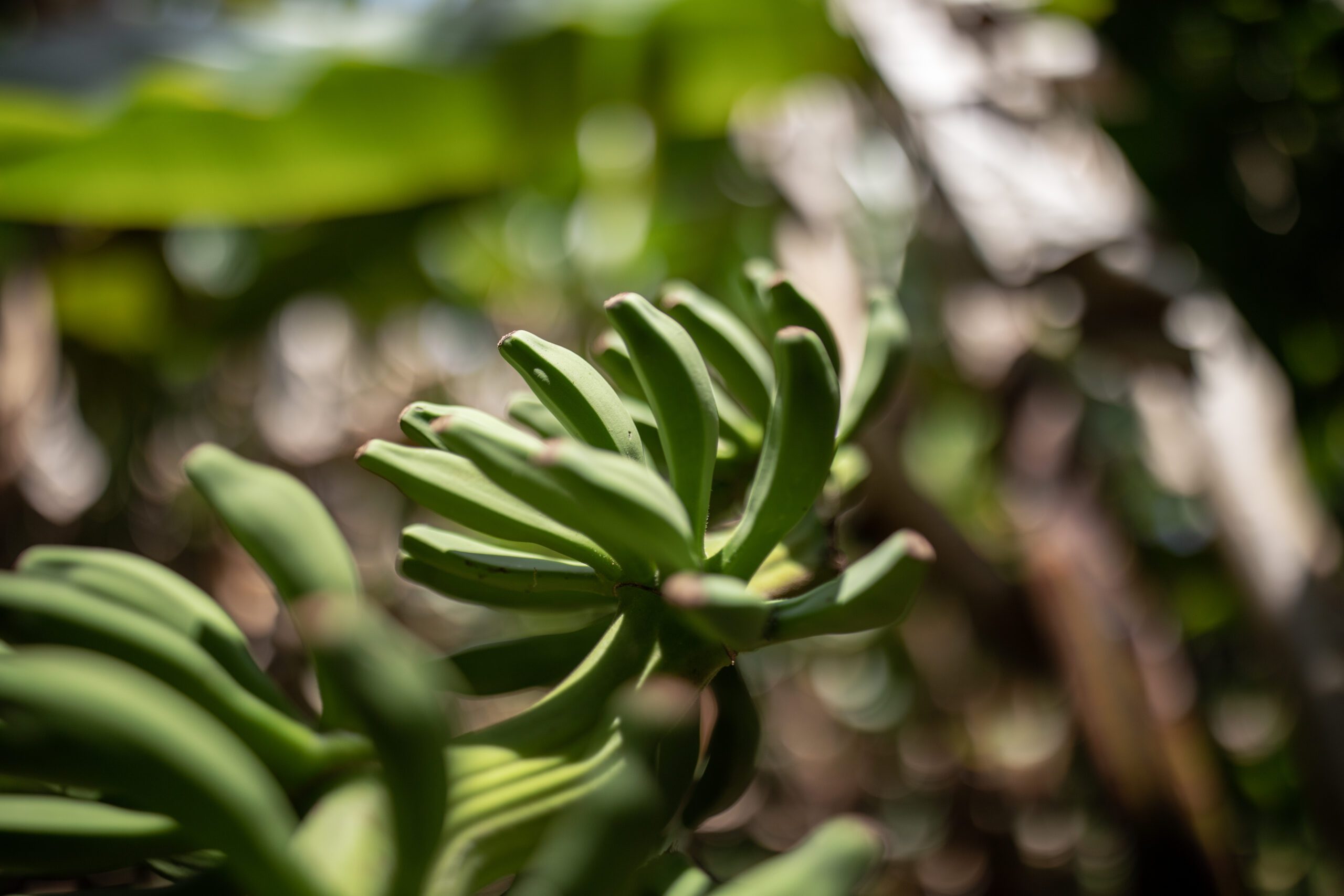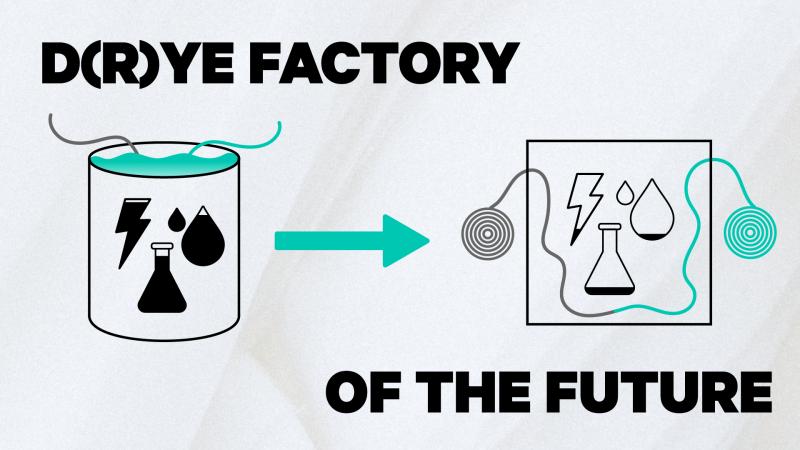In Conversation with Colorifix: Revolutionising Textile Dyeing with Biotechnology
Image by Colorifix
18 June 2024
Can you tell us about Colorifix, how it started, and what the organisation does?
In 2013, Jim and Orr were developing colour-changing biological sensors to monitor heavy metal contamination in drinking water. During their time in Nepal and Bangladesh, they began to understand the devastation caused by the textile dyeing industry on both the natural environment and on people’s lives. They realised that, using the same technology, they could address the root of the problem instead of simply monitoring it. In 2016, they founded Colorifix.
Colorifix is a biotechnology company that has pioneered the first entirely biological process to produce, deposit and fix pigments onto textiles. Using a synthetic biology approach, we offer a radically different solution to incumbent dyeing technologies that entirely cut out the use of harsh chemicals and leads to huge reductions in water consumption, whilst meeting the industry’s key quality standards. We engineer the colour in our lab and ship less than 5 ml to client mills and dye houses who we support to grow the pigments on-site via fermentation.
What problem is your innovation solving and how does the technology work?
Industrial textile dyeing consumes massive amounts of water and energy and has an enormous carbon footprint. It is one of the most chemically intensive industries on earth and one of the largest polluters of increasingly scarce freshwater. The industry uses over 70 toxic chemicals in the dyeing process – these are contained in the dyes and the auxiliary chemicals that adhere the dyes to surfaces.
The Colorifix solution displaces both elements, meaning that we offer not just eco-friendly pigments but also a process that is entirely devoid of toxic inputs, and accordingly the outputs or waste are also non-toxic. Our process runs using significantly lower temperatures and water consumption, which along with chemicals, are other areas of huge impact for the industry.
Our technology eliminates the use of any harmful substances, but we want to go beyond that. That’s why we measure our overall environmental impact from the process to monitor and improve it at every stage. Our latest LCA comparing conventional dyeing to Colorifix process showed that at least 53% less electricity, savings of at least 31% in CO2 emissions and 77% less water consumed. Our dyes have been awarded the OEKO -TEX Eco Passport pioneering the first biological dye safety testing programme which incorporates biocompatibility tests for skin allergenicity, skin irritation and cytotoxicity, setting a new standard in the industry.
What have been the biggest successes so far?
We are currently active on three separate customer sites across Europe where we have successfully demonstrated that our technology works across different stages of dyeing (yarn, fabric and garment) and across a broad range of natural to synthetic fibres. This is all done using conventional industry dyeing machines. We’ve launched products in collaboration with fashion brands Pangaia and Vollebak, an important milestone seeing people walk around in hoodies dyed without our technology.
But most importantly, we’ve managed to build a highly interdisciplinary and diverse stellar team of around 100 people from 19 nationalities. Gathering everyone last summer for the first time at a retreat was an incredible moment, especially for our founders, seeing that what was once an idea in a lab has turned into a company with a huge range of expertise and brilliant minds. Our team is always what makes us the most excited about the future.
What role does collaboration play in bringing innovations to scale?
Even if the technology is greatly scalable, it doesn’t mean that scaling is easy in an industry that is highly fragmented and operating in each new geography comes with nuances. Even if we are currently engaged with all existing customers directly, our scaling model is to identify existing suppliers of chemicals and partner with them for distribution and outsourced implementation globally.
We partner with fashion brands, such as Vollebak and Pangaia to bring products dyed with our technology to market and into consumers’ wardrobes. Collaboration with brands is important to increase the demand throughout the supply chain as well as to educate and raise awareness amongst consumers.
How has Fashion for Good played a role in your journey so far?
Fashion For Good offers a powerful platform for exponential growth and the broader change we aim to achieve in this industry. The support from FFG has helped accelerate us toward a better and brighter future for fashion by integrating innovation into the core of the supply chain. As we’re currently focusing on scaling our technology and increasing the number of implementations over the next year, we need access to new partnerships and financing in this next step. Having the support from FFG does not only provide the validation that our technology is having a meaningful impact but it provides access to the important network we need for this next, very important phase.
What’s next for you?
Our current focus is to expand implementation of our technology to new geographies, optimise our process for consistency and develop our range of colours. Our goal is for the Colorifix’s dyeing solution to become the standard in the industry, which is not a small task and scaling is key.
Clearly in a massive market like textiles, a relatively small penetration can still be highly lucrative but this is not of interest to us. We’re motivated by systemic change and mainstream impact, we know it will take time but we won’t stop until we get there.
Other Articles

In Conversation with Bananatex: From Bananas to Backpacks

Reflections from the D(R)YE Factory of the Future Project

